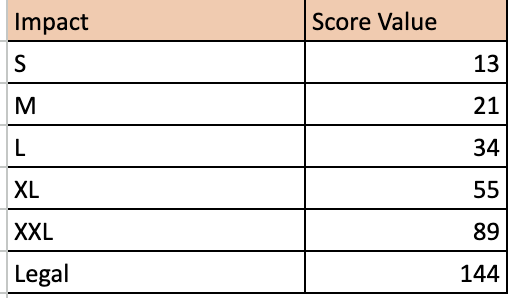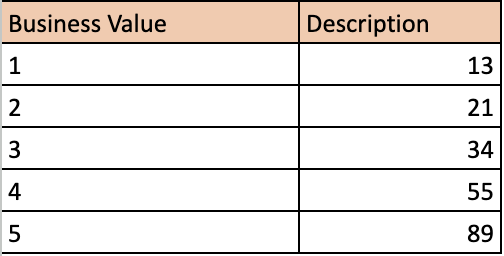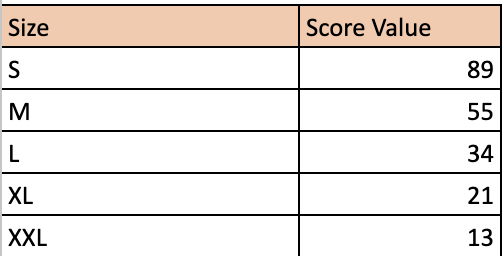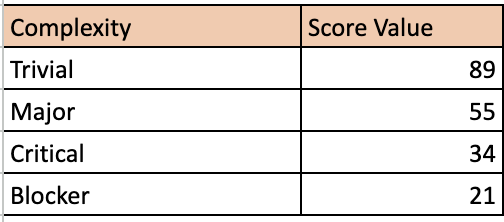As a product manager, you know how omnipresent roadmaps are. Almost half of your days are probably spent arranging and searching through your product backlogs.

Starting development without a roadmap is like starting shopping without a shopping list. You may forget what you need to buy on the way and leave the market without buying what you wanted.
There are different types of roadmaps you can choose to create. Roadmap types may differ according to your product market, your product type, and your company’s way of working. Even if the types you choose are different, the path you need to follow is the same.
In this article, you will learn how to write a roadmap and which roadmap style is suitable for your product line. You can also check the free roadmap templates and use them for creating your own roadmap.
A product roadmap is a visual version of your long-term product strategy. It shows the mission and vision of your product in summary. When you’re developing your product strategy, a roadmap document shows the why and what for all stakeholders. A well prepared product roadmap creates a companywide knowledge share opportunity.
Your roadmap might contain Improvement ideas, customer feedback, internal/external requests, and the backlog of the product. However, you should only add a topic to your product roadmap if it’s complementary with your product strategy. Every line in the document should be aligned with and serve your long term strategy.
A backlog with junk ideas will drive you into a hill. You should be careful about what to add to your roadmap. Brainstorm ideas and customer requests can be collected in a different document or a sheet for discussing if they’re in your scope.
Before creating a roadmap you need to know what can be added to your product roadmap and what cannot. You need a list of plans to get off to a good start. Later you can deal with templates, identifying details, and prioritizing.
As a product manager, even if you plan the strategy of the product, you cannot know what will happen in the market in a year. Customer needs may shift, a new technology may be discovered, and your plan might need to be changed.
Because of this, one year or longer durations are not suitable for software product roadmaps. Quarterly or monthly goals may be enough to start.
While writing down your goals you should know who you’re focusing on in this time frame, what you’re going to achieve at a high level and how you’ll approach the product (again at a high level).
A roadmap that’s not aligned with product vision is doomed to lose. So your goals must have detailed breakdowns of the vision.
With goals you’ll have a high level strategy to improve your product metrics in a focused problem list. The next phase is to start discovering the problem.
You need to start to find the problems you’re solving to be able to improve the metrics you selected. Once you’ve done this, you’ll need to decide which problem has a higher impact for your business plan. Later those impacts will be your decision points for prioritization.
You can find the value of an issue with different techniques such as collecting customer feedback, doing market analysis, or using the product data:
A product roadmap and product strategy should be aligned with every stakeholder in its all phases. Collaboration is a must for a roadmap. In every step you need to share details with key members.
You need to share your plans with the development team, internal customers, and C-Levels so they can shape their own roadmap accordingly.
Meeting schedules can vary according to your target durations. As a best practice, twice a month is suitable for tight deadlines, once a month is enough for mature products. Some mature product companies do quarterly updates, but I think that’s way too long. In that case, your audience may lose their focus and you can miss the goal you want to achieve.
Without a quantitative goal, it’s difficult to know whether you achieved your roadmap goals. You need a quantitative target for the goals you selected for the roadmap time duration. Key performance indicators (KPIs) are the fundamental metrics for every roadmap. Again, you need to be careful defining your metrics, as it may shift your target and you can end up with failure.
As a product manager, you need to find actionable steps to measure the success of the roadmap. Objectives and key results (OKRs) are the common visualization methods for listing product strategies and fitting into a time frame. You’ll be able to show what you’ll achieve and when. At the end of the duration, you’ll measure the success of your goals.
Prioritization techniques change according to your product’s industry, your product team’s way of working, and your development team structure. Regardless of the method though, you’ll rank action items on the basis of weighted scores.
Prioritization techniques also can be selected according to your roadmap type. The RICE (Reach, Impact, Confidence and Effort) method for example is suitable for feature roadmaps. Value versus effort methods are mostly used in product roadmaps. High level matrix prioritization methods like “urgent, not urgent, important, not important” mappings are common for strategy roadmaps.
To select the right roadmap template you should first define what type of roadmap you’ll create. Some of the roadmap types can be listed as below:
For product managers, product roadmaps are popular to create. However, some matured products fit into different types of roadmaps such as epics or features.
If you have one product under a big product team with different development teams, you can create domain based teams. Domain based teams will have a roadmap strategy based on epics. So you can use epics or feature type of product roadmaps for your teams.
In my current role, I’m working for a mature web based product and our structure is separated into domains. One type of roadmap didn’t solve my roadmap alignment problems, so I have a feature based roadmap, product roadmap, and epic roadmap for different stakeholders. I share feature based release dates with internal customers, epic based deadlines with product and development teams, and the product roadmap for all team collaborations.
I worked for a security product that had three month release plans to prevent repeated version updates for users. Every release took a long time, so we were careful about selecting issues according to their release procedures. These kinds of products can be managed with release roadmaps.
Portfolio and strategy roadmaps are mostly for heads of products who manage multiple products and designs. These roadmaps show broad and high level presentations of your product strategies.
You can access four roadmap templates with this link. Within the template, you can download product, feature, release, and epic roadmaps.
In the product roadmap, you formulate the template according to the values you assign to each column.
The project priority column calculates the sum of the score values for “impact, time criticality, priority, business value, size, and complexity.” Score values are random numbers I selected from the Fibonacci series, but you can customize the numbers for your product.
In the template, you can change the selected values and see the priority value changes accordingly. The projects will be developed according to the highest priority to the lowest.
The value you selected from template “S, M, L” will be calculated as Fibonacci numbers you entered in the calculation table sheet:

The time criticality and priority columns are together. If the priority is high “P1” and an “immediate request” that project will get the highest score from the matrix below:

Business value is the issue value you receive. You determine it from metrics, customer interviews, the sales team, or other internal/external resources. This value is added to provide product managers re-prioritize tasks according to information they collected:

Development efforts should be sorted according to how much effort they require. For instance, If you have a quick win project, you should develop it as early as possible to create easy value:

The complexity column represents the risk you take if you develop that request. So if the request has a trivial risk it’ll have more value and be prioritized:

I know there are already tons of documents you need to follow as a product manager, but roadmaps are vital for visualizing your goals and knowing where and when to go. Not only that, roadmaps are key for keeping your team and company aligned and informed on the direction of your product.
You can start with the templates in this article. As always, if you have any questions, feel free to drop them in the comments. Good luck!
Featured image source: IconScout

LogRocket identifies friction points in the user experience so you can make informed decisions about product and design changes that must happen to hit your goals.
With LogRocket, you can understand the scope of the issues affecting your product and prioritize the changes that need to be made. LogRocket simplifies workflows by allowing Engineering, Product, UX, and Design teams to work from the same data as you, eliminating any confusion about what needs to be done.
Get your teams on the same page — try LogRocket today.

A practical five minute revenue estimation method to help product managers compare ideas, drop low impact features, and prioritize smarter.

A practical guide for PMs who want to stop being bottlenecks, delegate smarter, and lead teams effectively with a clear ownership framework.

Stop letting unreliable data block features. Treat data as inventory to track quality, ownership, and ship with confidence.

Learn why slide decks slow teams down and explore better tools like whiteboards, PRDs, and prototypes to improve collaboration and alignment.